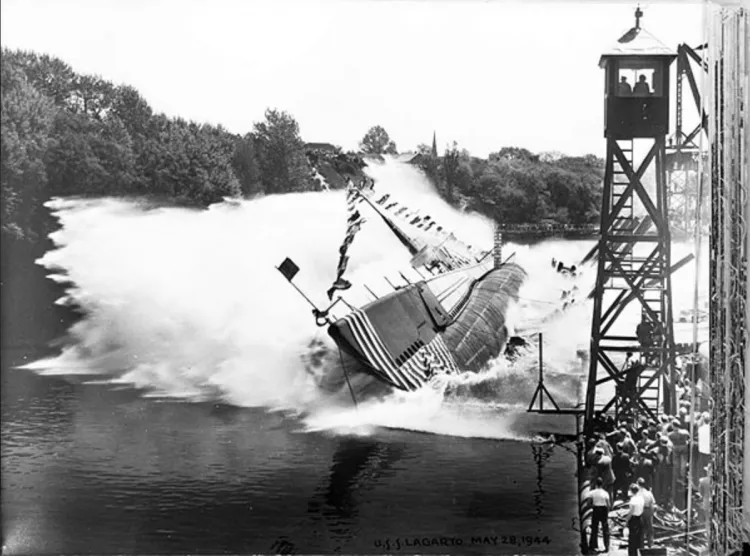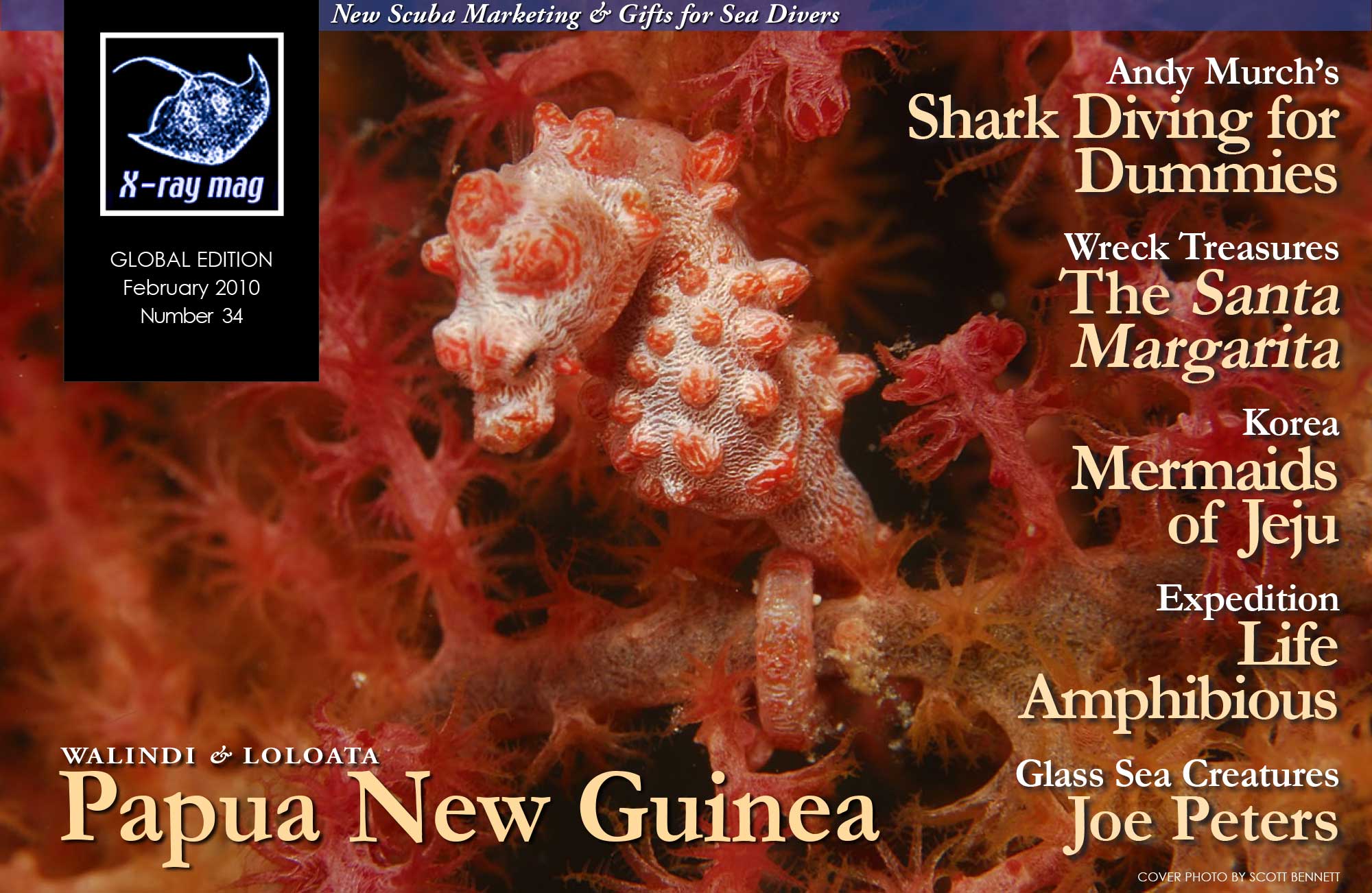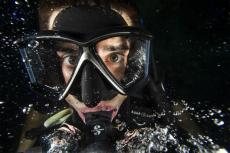Interpreting artifacts is the most important aspect of archaeology—either on land or underwater. Deciding what an artifact is, or rather—what it was, can be tricky though.
Who built it and why? How was it used? Why did it end up where it did?
Contributed by
On land, artifacts from different periods can get mixed up. And, most artifacts recovered from sites on land are mere remnants— broken bits and pieces that were either thrown away intentionally or were left behind accidentally. Archaeological sites found underwater are unique because they were lost (usually) due to a single event, such as a ship sinking or a city flooding. A shipwreck contains everything that was aboard at the time it went down. If people were forced to flee their community because of an impeding flood, they didn’t have time to take much, if anything. In either case, more is left for an archaeologist to find underwater than would be on a typical land site.
The older a culture is the easier it is to be objective about it. I’ve never had anyone criticize me for working on ancient Greek and Roman underwater sites—or what I’ve said about the need to protect them. Everyone seems to appreciate their historical significance—partly because they’re so rare!
But, this isn’t the case with newer shipwrecks I’ve worked on, especially those from WWII. Artifacts from this period, most notably German ones, are (for many) irresistible. Our current popular culture loves u-boats. They’re the topic of books and movies, and genuine artifacts from them command high prices from collectors and enthusiasts. Divers have risked their lives (some losing them) to acquire trophies.
At odds with history
But, such u-boat worship is directly at odds with the historical record. True, they were fearsome killing machines, but u-boats were ineffective in changing the War’s outcome. One group on the Web, which describes itself as “the” authority on all things u-boat helps perpetuate the myth—going so far as to organize annual social events where enthusiasts can meet former u-boat captains. They dine and drink with the old submariners, sing Kreigsmarine songs and listen to stories from the u-boats’ “happy time!”
But, the perception that the u-boat war was good for Germany isn’t reality. The facts tell a much different story. Of the 42,682 merchant ships that traveled between North America and Britain carrying much needed war supplies for the Allies, only 438 were sunk by u-boats. This isn’t to say that the damage caused by u-boats wasn’t significant. It was. Canada, for example, lost 22 navy ships defending the convoys. And, more than 4,000 Canadian sailors and merchant seamen died during “the Battle of the Atlantic”. It was the longest campaign of WWII.
In fact, Germany’s u-boat effort was an abject military failure. More than two-thirds of its u-boats, and their crews, didn’t survive the war. The fact that we are increasingly finding so many of them on the seafloor confirms this. And, the German government of today wants nothing to do with its Nazi past. It turns a blind eye when u-boat wrecks are found and expressly forbids anyone looking for such if asked. I know this from first-hand experience.
U-boats are a good example of why marine archaeology is important. It helps set history straight, separating fact from fiction—reality from perception
— Rob Rondeau
Marine Archaeologist
PROCOM Marine Survey & Archaeology

























